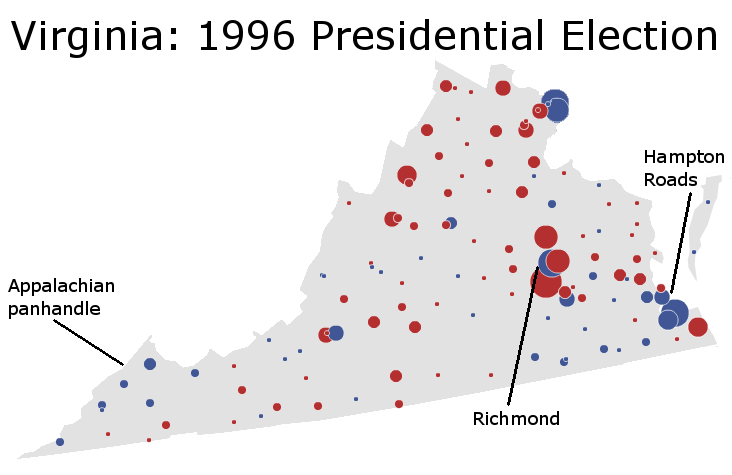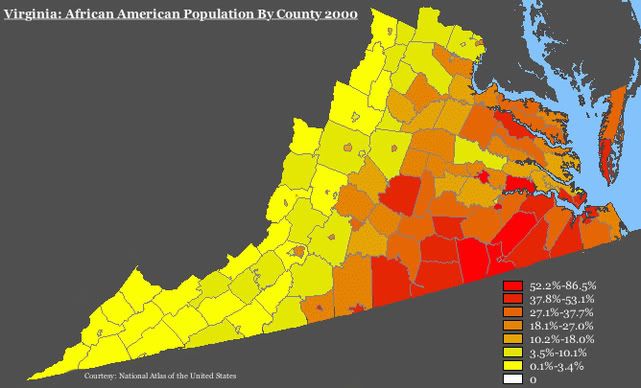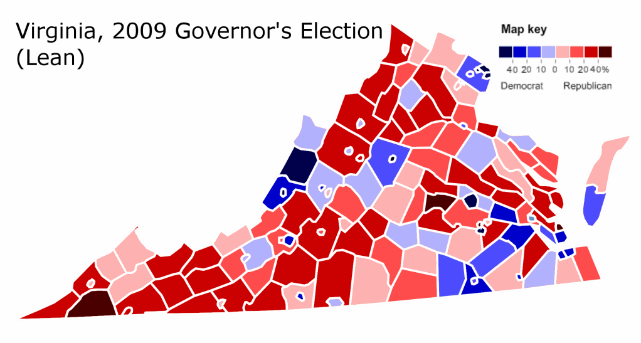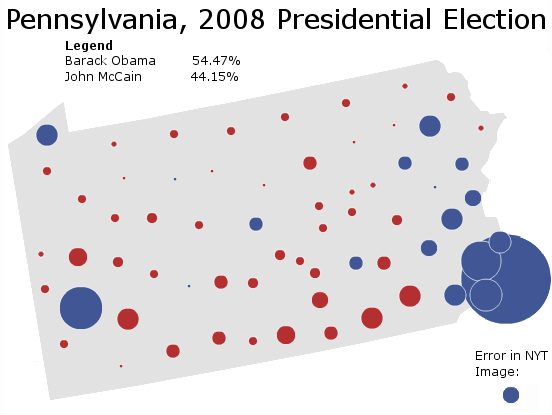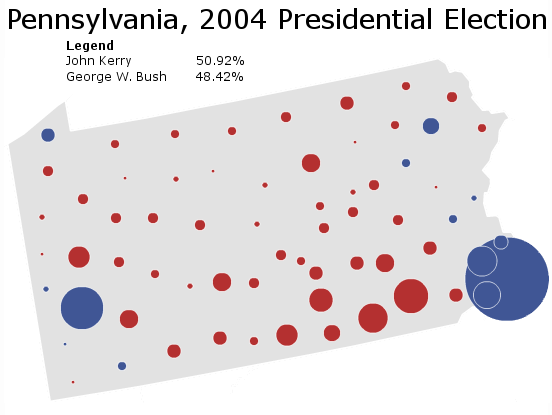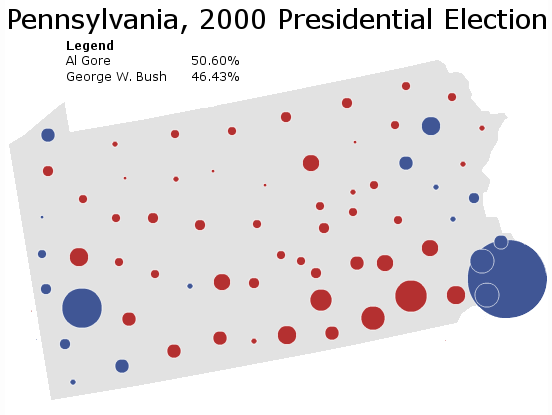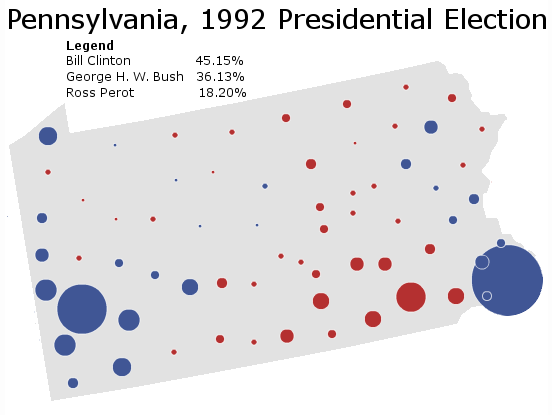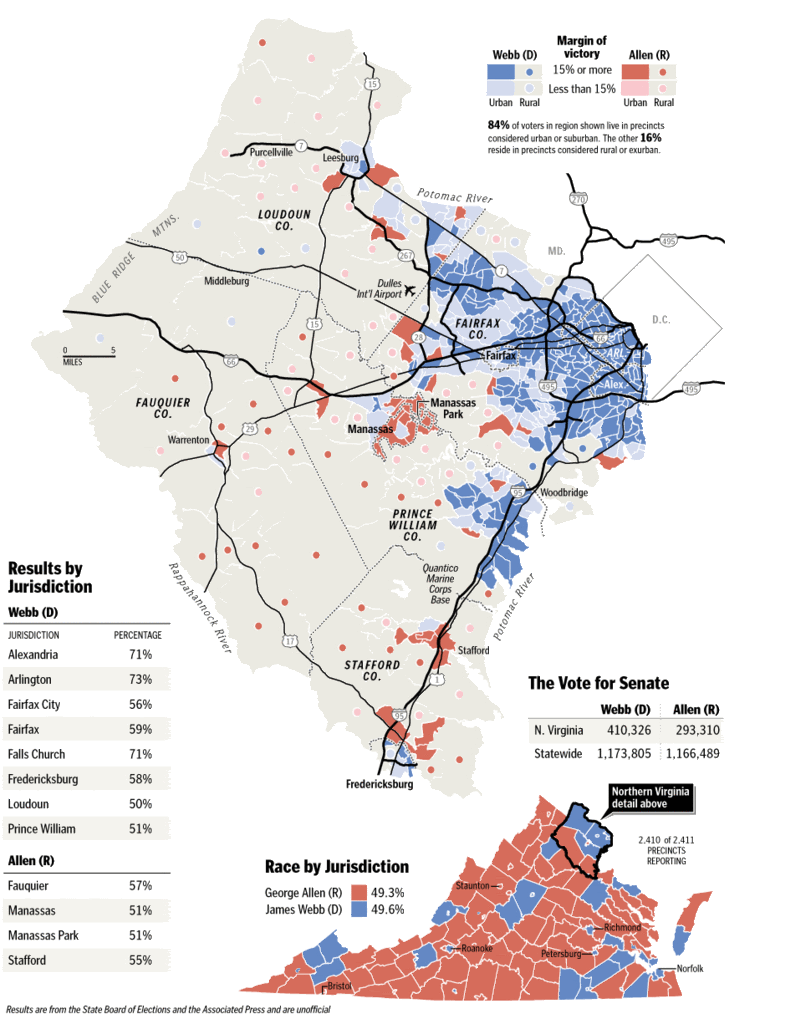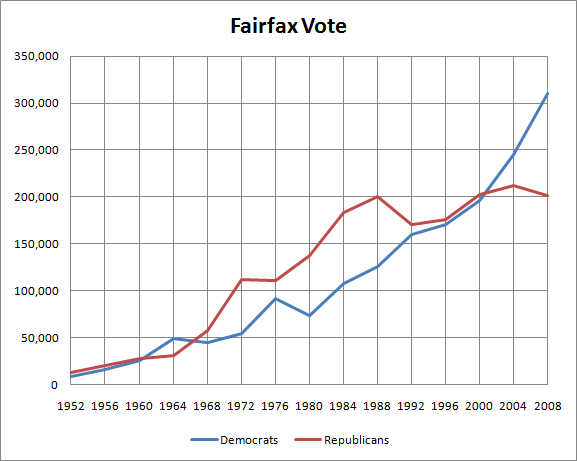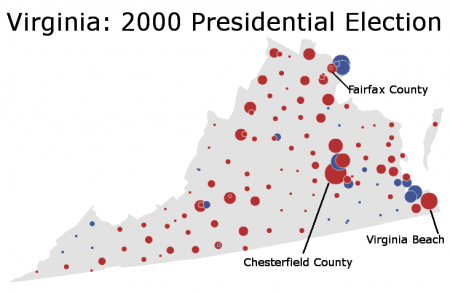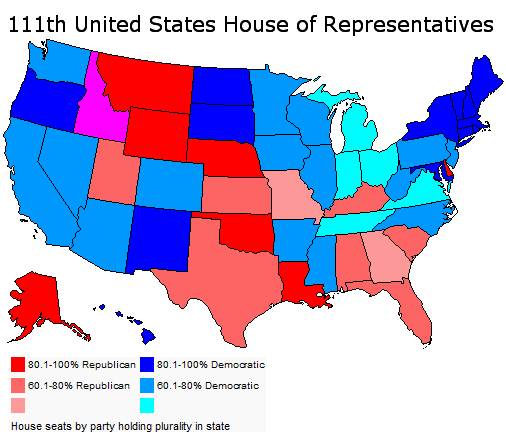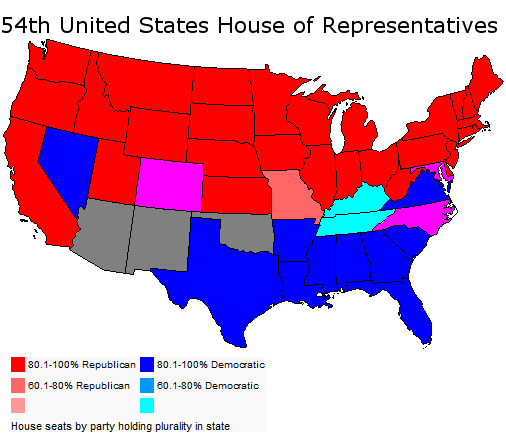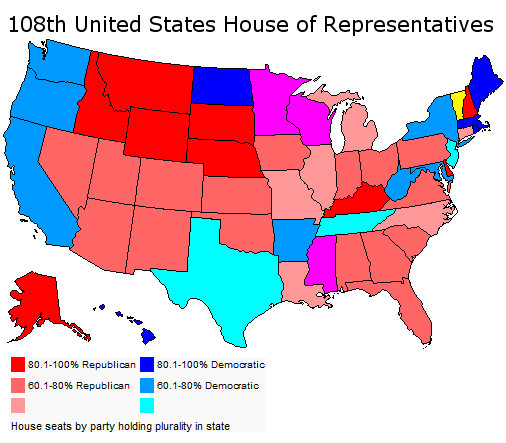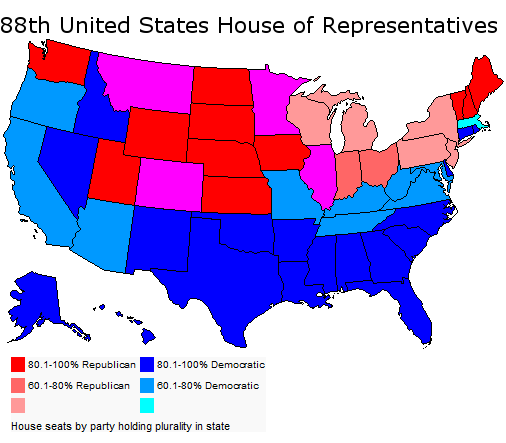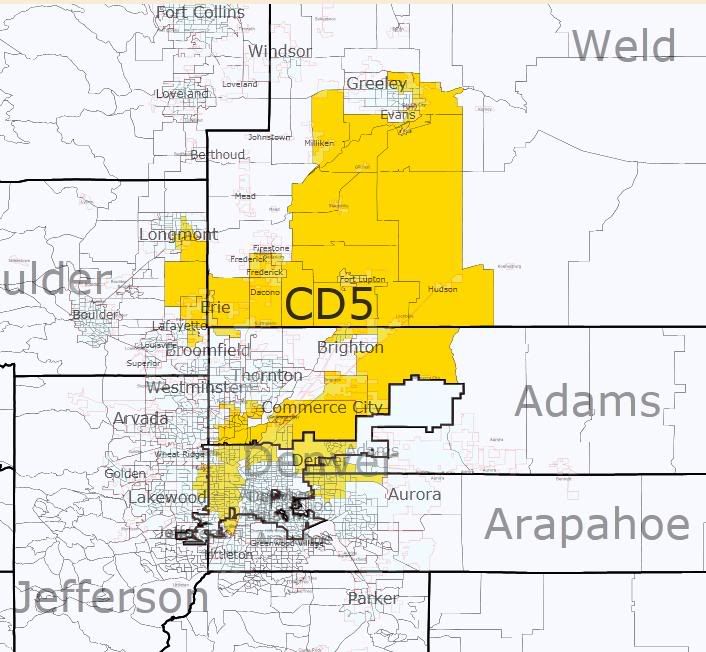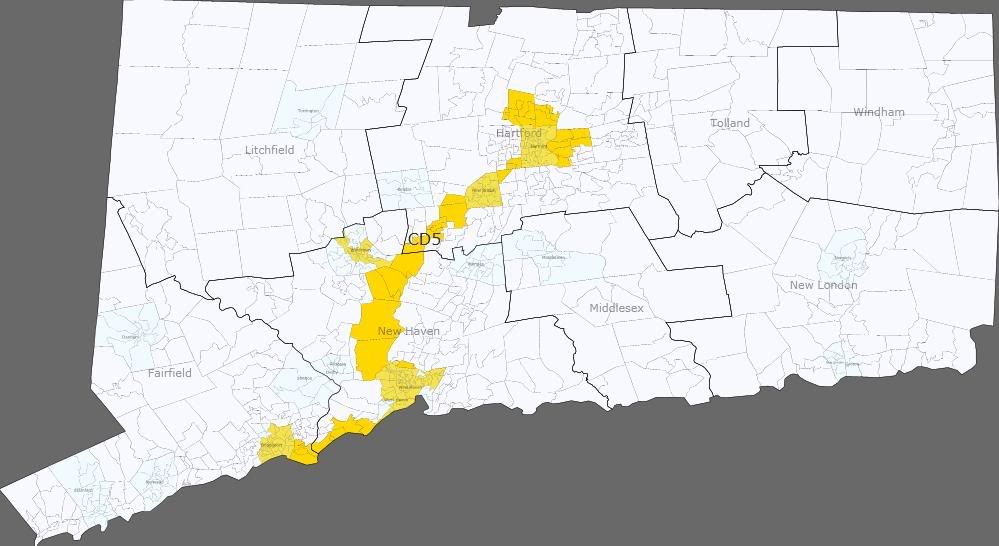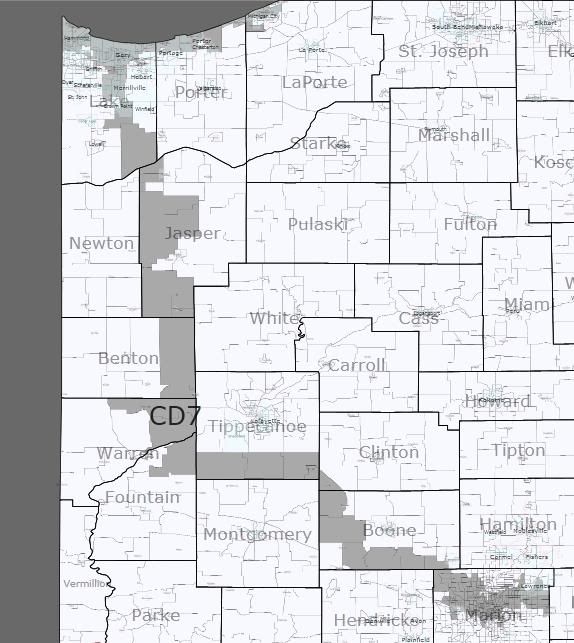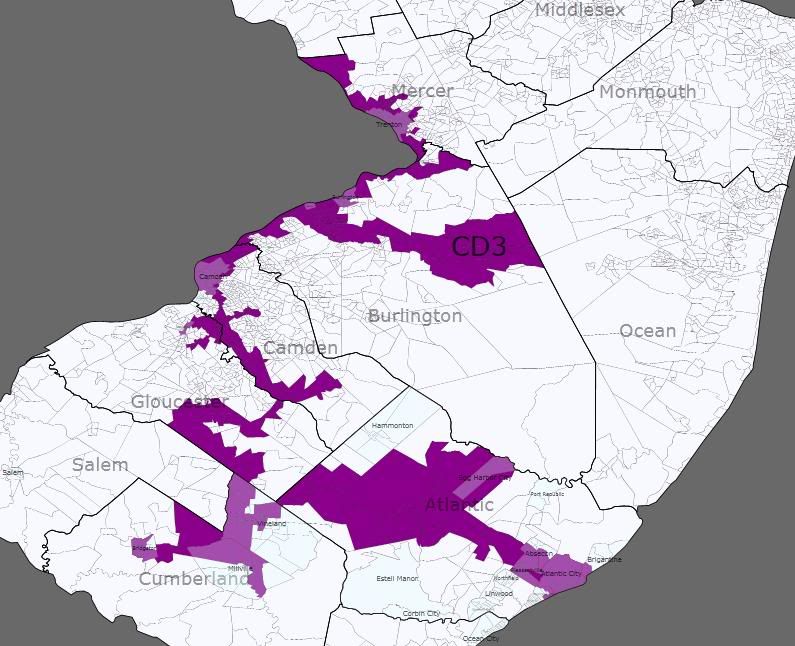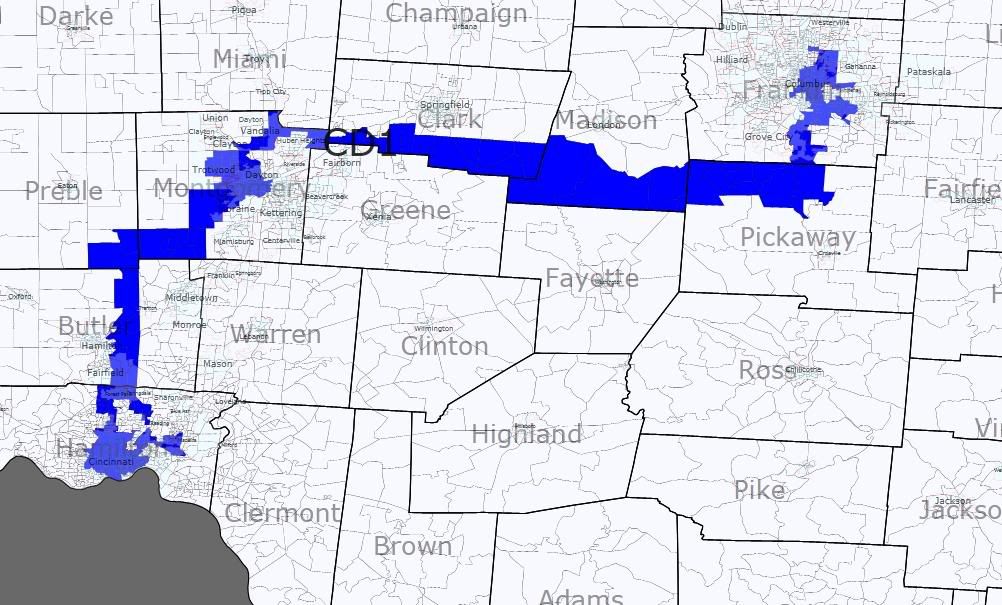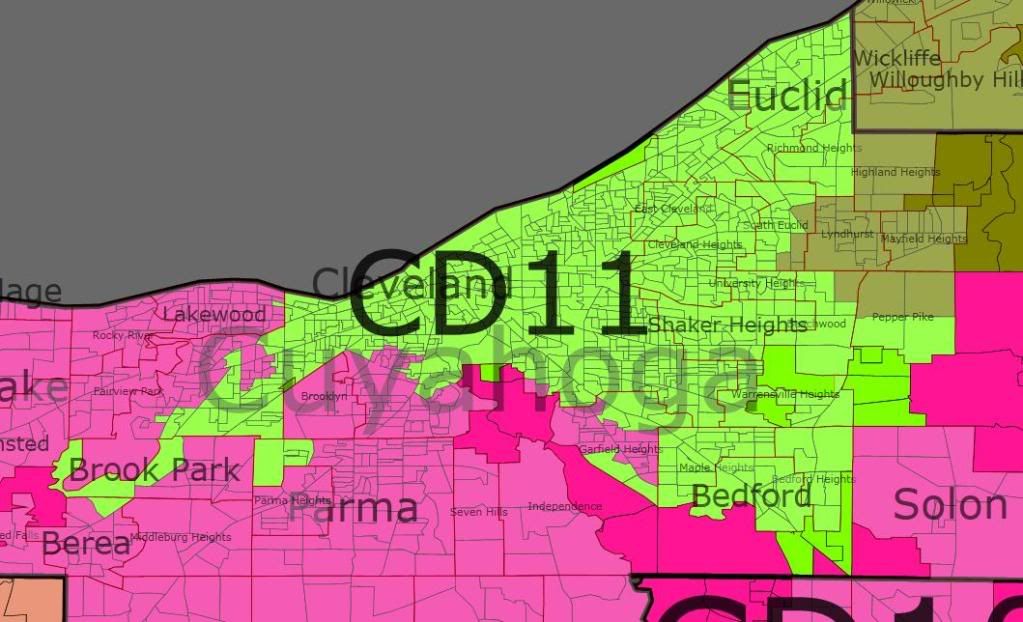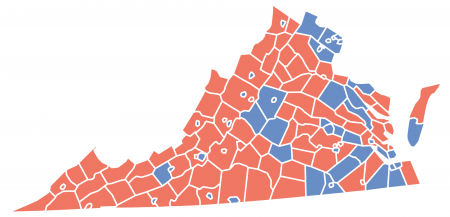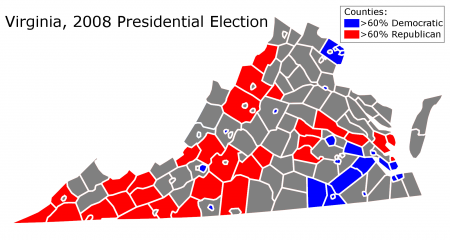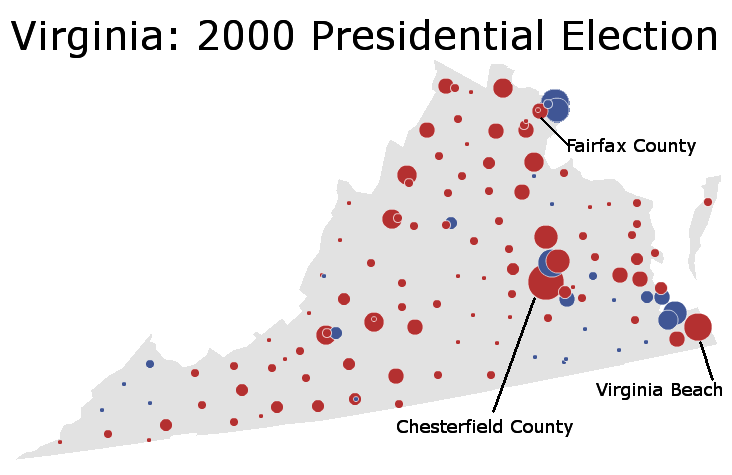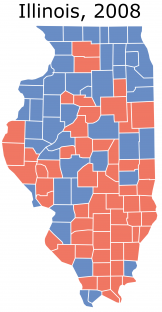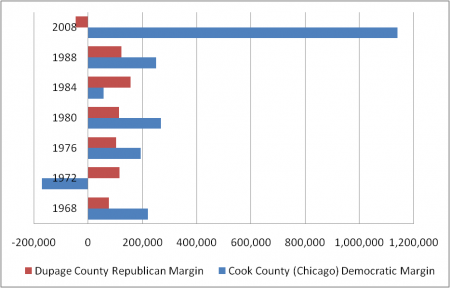For the longest time, I thought I wasn’t going to have anyone in the Dem primary for my district that I could vote for without holding my nose. Almost all (and yes, this post is about the one exception) of the Democratic candidates, without failing, have come out against health care reform, EFCA, so on and so forth. The presumed front runner is the worse, going above on beyond even being a conservative Democrat, sitting on the board of a hate group and introducing a bill to bring back public hangings in the legislature:
http://www.dailykos.com/story/…
Now this is a district where a bit of conservatism (social conservatism-it has a New Deal style populism) is necessary. For example, no candidate is going to get anywhere saying anything bad about guns. But these goons are going overboard, big time.
But there’s one candidate in the race that’s talking like a Democrat, acting like a Democrat, and is not ashamed to say that he is, in fact, a Democrat. And if the only poll is to be believed, it’s helping him pick up substantial support.
Meet state representative David Cook.
I interviewed Representative Cook for Blue Arkansas, and walked away impressed. He’s not the most polished or charismatic candidate, and he’s not what a lot of you guys would consider liberal. But by Arkansas standards, he’s really good. Go ahead, watch for yourself:
http://bluearkansasblog.com/?p…
David Cook is the only candidate in this race who said he would have voted for health care reform. He stood up for EFCA at the second debate, the only candidate to say he’d support it, and people sat up and took notice when he started talking (surprisingly poetically) about all the things that unions and working people have done for this country. You could tell by the reactions, the way he did it A) resonated with the audience, and B) set him apart from the other candidates who are all trying to mimic each other. What’s more, he’s leading on the issue of taxing excessive bonuses of the bailout firms, and while he is socially conservative enough not to drive away voters in this district (he’s very pro-gun, which is a must here, and his abortion record is largely conservative as well) he did answer my questions on ENDA and DADT in ways that satisfied this gay man. In other words, he’s conservative enough to be a good fit for this district, but he has a populist streak that makes him a very appealing option.
What’s more, Cook is running a great grassroots campaign, and I really am impressed by how much harder he’s working than everyone in the district. I’ve had a chance to take a good look at everyone’s operation here, and his is better even than the candidates that have bigger wallets. Arkansas, especially this part of Arkansas, is one of those increasingly rare anachronisms in this country where retail politics matters more that big advertising campaigns, and if the only poll taken so far is any indication, Cook’s approach has landed him in second place (with lots of undecideds to reach):
http://bluearkansasblog.com/?p…
I could go on and on about Representative Cook, but I’ll let him speak for himself. This is the message he relayed to Blue Arkansas after we endorsed him:
http://bluearkansasblog.com/?p…
Read for yourself, and tell me this guy doesn’t have a great story to tell the voters of the 1st district.
From the Office of David Cook for CongressI would like to take this opportunity to thank Blue Arkansas for their hard work and their dedication to Democrats everywhere. While we won’t see eye to eye on every issue, I have found that the staff here are fair and more than willing to give credit where credit is due, even if they don’t completely agree with the person. For these reasons, and many others, I am proud to have the official endorsement of Blue Arkansas.
I want to specifically address something Blue Arkansas mentioned in their endorsement. They said it was my substance that made me different. I want to let you, the readers, know exactly what they meant by that. It isn’t my 5 years in the Navy. It isn’t my 6 years in the Legislature. It isn’t even my 32 years in education or my 3 college degrees. I am proud of all these things, but they aren’t what separate me from the other candidates. You know how, as parents, you read to your children? As a child, I read to my parents. I was born on the banks of the St. Francis River by midwife. Both of my parents were illiterate as neither had attended a day of school in their lives. My mother believed in America, she believed in Arkansas, and she believed that with a good education, a little luck, a little help and a whole lot of hard work that her children could have a better life than her. She made sure that her children went to school… but that wasn’t enough. We were dirt poor. From before I can remember, I went to school then came home and picked or chopped cotton till after dark. When I was 12 I got promoted to plowing behind a mule which was great because it meant I got a nickel raise. I worked hard to help support my family. I’ve put in spill-ways on rice levies with a shovel and a role of tar paper on my back. I’ve had to count the strips of bacon on my plate to make sure there was going to be enough food for the whole family to eat for the rest of the month.
I know what it’s like to be hungry. I know what it’s like to be poor. I know what it’s like to be sick and have no money for health care or medicine. And I understand that there are a lot of hard-working, good Arkansans that aren’t looking for a hand-out… No, they just need a hand-up so they can work their way to a better life for themselves and their children. I know that without the hand-ups I received in my life, I might still be making my bed on that old river bottom today. For me a hand-up was my high school coach helping me out with food money or clothes and letting me work it off on his farm, or my high school sweetheart’s family finding the money to buy me another pair of shoes when my only pair was stolen out of a gym locker at college.
These are more than just stories of my life. They have defined my life. These are WHY I spent 32 years as an educator. It’s WHY I went on to work as a Legislator. It’s WHY I voted to increase minimum wage, to reduce the grocery tax twice and to reduce health care cost for seniors. It’s WHY I worked so very hard to improve the educational environment for students and staff. And it’s WHY, when you send me to Congress, you can rest easy knowing that a man is there who gets it. You’ll know a real Arkansan with real Arkansas values is fighting like a scrappy dog to do everything he can to give you the hand-up you need for a better life.
This is a guy who could be a good Democrat in Congress. This is a guy who can win in this district. And unless you want to be complaining about a “Democrat” in Congress who sits on the board of a hate group, supported both Bush and Huckabee, and is still trying to explain why he wanted to bring back public hangings, you have every reason to throw ten or twenty dollars his way on ActBlue: http://www.actblue.com/entity/…
(Full disclosure: I don’t work for the Cook campaign and neither does anyone that works with me at Blue Arkansas. We are activists and supporters, and except for volunteering our time we don’t have any role in the campaign whatsoever.)



